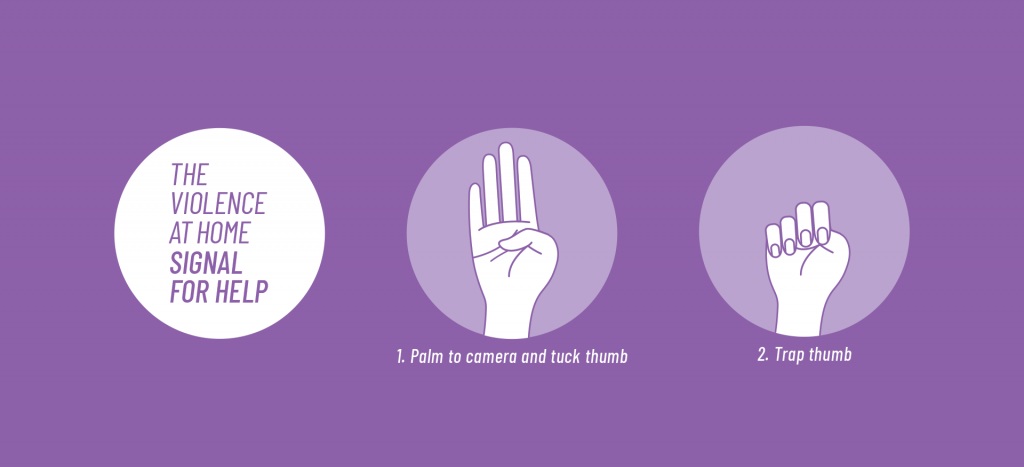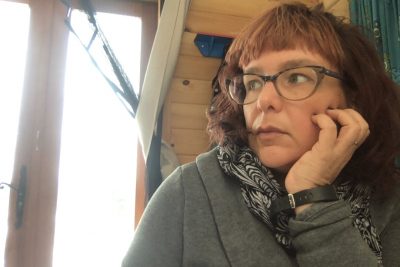By Mary Giles
Everyone has a different idea of what it means to be isolated at home with family for extended periods of time. Many women, girls, trans and non-binary persons living in unsafe environments have experienced intensified domestic violence during COVID-19 lockdowns.
The use of helplines, transition houses, shelters and other social agencies has spiked since the beginning of the pandemic.
November 25 marked the International Day for the Elimination of Violence against Women to raise awareness about the magnitude of this often-hidden issue. The 16 days of activism that follow, ending December 10 (Human Rights Day), highlights facts about gender-based violence.
The National Day of Remembrance and Action on Violence Against Women on December 6 commemorates the lives of 14 women — mechanical engineering students — murdered at Polytechnique Montreal in 1989. Ten other women and four men were also injured in the attack.
Dawn Moore, a professor in the Department of Law and Legal Studies, is feeling the weight of the violence in 2020 more than ever.
She says, “The combination of ongoing police shootings, the sharp rise in domestic violence due to COVID-19 isolation and the inability for people to gather to mourn and rage together during these days of what feels like inaction are taking their toll. Now more than ever we need a viable response to domestic violence that does not rely on the criminal justice system. Yet, in the middle of a crisis, we are less and less able to stop the violence that is increasing all around us.”
Recreating a Virtual Victim
Moore’s current SSHRC-funded project, “Seeing Crime: Photographing the Victim of Domestic Violence,” explores the role that photographs of victims’ injuries play as evidence in cases of domestic assault. The project looks at personal stories about physical abuse and the connection these stories have to the objective, visual artefacts of their injuries.
“Women who seek police support are subjected to having photographs of their injuries taken, as well as being interrogated for hours about the attack,” says Moore. “Once the evidence is gathered, victims are removed from the criminal process. The evidence is pieced together to create a virtual victim to stand in her place, incorporating photographs, written and verbal statements, journal entries and witness accounts.”
Although this process is justified by police as lessening the re-traumatization of victims in court, Moore says that many of the 50+ women who have shared their stories for her research say it has the opposite effect. Creating evidence files to substitute for survivors removes their control over the process.
Fear of Reporting Violence
Once this evidence is filed, Moore explains, victims have no ability to stop criminal proceedings or even withdraw their own participation. Despite the possibility of being charged with perjury or obstructing justice for changing their story, many survivors still try to extract themselves from the criminal justice system by refusing to comply with court orders or perjuring themselves on the stand.
“These attempts are increasingly futile however, as the virtual victim eliminates the need for the actual victim’s cooperation,” says Moore. “Fear for personal safety or that of their children, concerns about housing, employment, finances or immigration status are just some of the reasons women want to take back control of their own victimizations.”
Women are also hesitant to report their abusers in the first place for these reasons, but they also fear that they might be accused of failing to protect their children from exposure to violence and might lose access to them. They may also have cultural, social, economic or religious reasons for not seeking help.
According to the World Health Organization, 35 per cent of women worldwide have experienced violence, usually by their intimate partner. More than half of physically-abused women never seek help from social, legal or protection services.
Women and members of the 2SLGBTQ+ community often feel that reporting doesn’t help or could do more harm. Some feel intimidated or threatened by police. There is also a stigma victims face for not having left or sought help earlier.
Women are more likely to experience escalated violence when they leave or try to leave a relationship. Most of the women in Moore’s study already had a fear of police and involvement by the Children’s Aid Society that led to a deep distrust in the justice system.
Moore explains, “They worried they would get in trouble or get arrested, lose their children, housing or income. They had all heard stories from other women in which police involvement had gone very wrong. They trusted other survivors who advised them to only call the police if they felt their lives were in immediate danger. Even then, they warned that police involvement may well increase the chances that they would be hurt or killed.”
Some of the reporting to police was done without their knowledge or consent, leading to confrontations with police that made them seem uncooperative. Although this is done with good intentions, women could be put in more danger from their partners — or by the police if they don’t cooperate.
Some violence is also invisible. Abusers know how to harm their partners without causing visible signs like cuts and bruises. Emotional and verbal abuse take on forms of control, jealousy, humiliation, manipulation and instability, making victims feel helpless and worthless.
Escalation of Abuse During Lockdowns
A national survey by the Ending Violence Association of Canada reports that the “shadow pandemic” of gender-based violence has increased during the pandemic for many reasons. More people are either working from home or have been laid off, resulting in more frequent contact and abusers are able to monitor and control their partners.
Moore says, “Quarantine measures have increased victims’ social isolation and abusers can use fear of catching COVID-19, monitoring or limiting access to technology to further cut off their partners from family, friends and access to services.”
Unsafe at Home Ottawa was launched in April to support women and members of the 2SLGBTQ+ community through text messaging or a secure, online chat service during the pandemic.

Signal for Help is a campaign by the Canadian Women’s Foundation to allow women who are being monitored at home to use a one-handed sign so others on video chat will know they need help.
…
Banner photo by engin akyurt on Unsplash
Monday, December 14, 2020 in Another Take
Share: Twitter, Facebook




